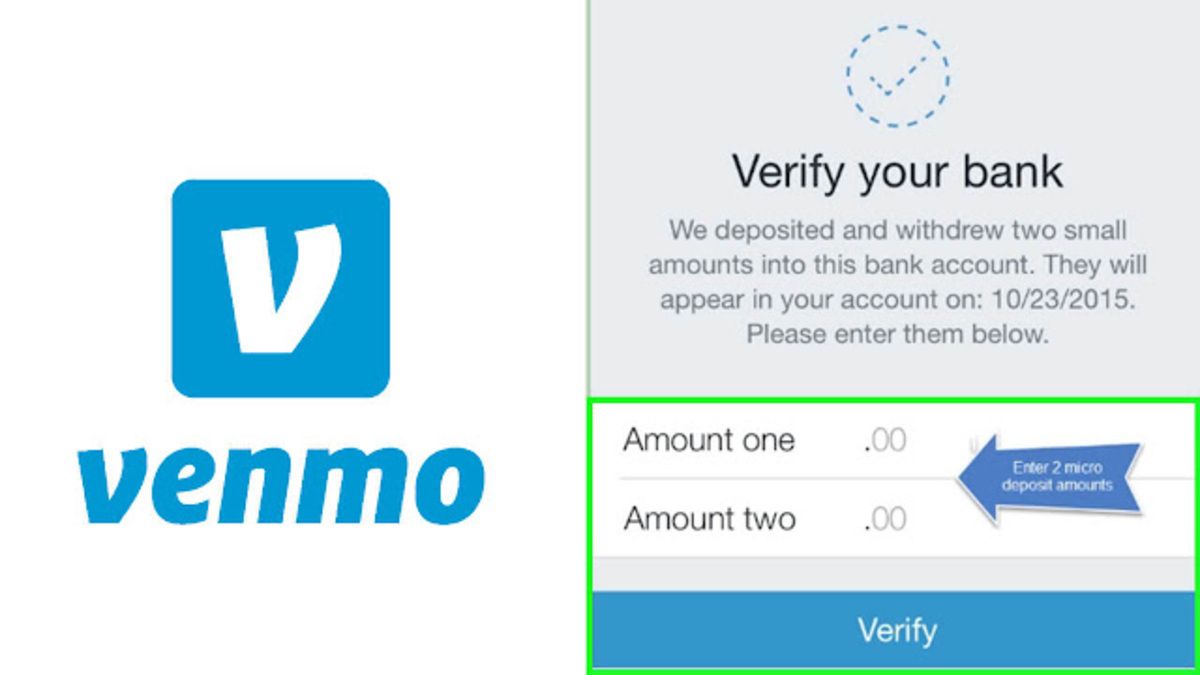Introduction
Have you ever wondered what time is considered the next banking day? In the world of banking, time plays a crucial role in determining various banking transactions. Whether it’s depositing funds, making payments, or processing transfers, understanding the concept of the next banking day is essential for managing your financial activities effectively.
The next banking day refers to the time frame within which a transaction is processed and considered as taking place on the following business day. This is important because it impacts the timing of fund transfers, clearing checks, and other banking operations.
Understanding the concept of the next banking day is particularly important when considering cut-off times for different banking activities. Each financial institution has its own designated cut-off time, which is the deadline for completing transactions on the same day. Transactions made after the cut-off time will be processed on the next banking day.
In this article, we will delve into the specifics of what time is considered the next banking day. We will discuss different scenarios including weekdays, weekends, and public holidays, as well as the impact of different time zones on banking operations. By the end of this article, you’ll have a clear understanding of how the next banking day is determined and how it affects your financial transactions.
Definition of Next Banking Day
The next banking day refers to the day on which a financial institution considers a transaction to have taken place when it is initiated after the designated cut-off time. It serves as a reference point for determining the timing of various banking activities such as fund transfers, check clearance, and transaction processing.
To better understand the concept, let’s consider an example. Suppose you initiate a fund transfer on a Friday evening after the cut-off time. In this case, the next banking day would be the following Monday. Although you made the transaction on Friday, it will be processed and reflected in your account on Monday, the next banking day.
The next banking day is crucial because it affects the availability of funds and the timing of financial transactions. It sets the deadline for completing transactions on the same day as well as the timeframe for when funds will be debited or credited to accounts.
Financial institutions typically have different cut-off times for various banking activities. For example, the cut-off time for same-day fund transfers may differ from the cut-off time for check deposits. It is important to be aware of these cut-off times to ensure that your transactions are processed within the desired timeframe.
It’s worth noting that the next banking day may also vary depending on the type of transaction and the specific policies of the financial institution. Some transactions, such as online transfers or electronic payments, may have extended cut-off times compared to traditional methods like check deposits.
Now that we have a basic understanding of what the next banking day entails, let’s explore how the cut-off time is determined for different days of the week, including weekdays, weekends, and public holidays.
Determining the Cut-Off Time
The cut-off time refers to the deadline set by a financial institution for completing transactions on the same day. It determines whether a transaction will be processed on the current banking day or pushed to the next banking day. Understanding the cut-off time is crucial to ensure timely processing of your financial activities.
Each financial institution has its own designated cut-off time, which may vary depending on factors such as the type of transaction, the channel used, and the specific policies of the institution. The cut-off time is usually set to allow sufficient time for processing transactions and ensuring timely settlement and record-keeping.
For example, a common cut-off time for same-day fund transfers via electronic channels, such as online banking or mobile apps, may be around 3:00 PM or 4:00 PM local time. Any transactions initiated after this time will be processed on the next banking day.
It’s important to note that the cut-off time may differ between weekdays, weekends, and public holidays. Financial institutions typically extend the cut-off time on weekdays to accommodate customers who need to conduct last-minute transactions. On weekends and public holidays, however, the cut-off time may be earlier due to reduced banking hours.
The precise cut-off time for weekdays, weekends, and public holidays may vary between different financial institutions. Therefore, it’s advisable to check with your bank or refer to their official website for the most up-to-date information regarding cut-off times.
In addition to the standard cut-off time, some financial institutions offer extended cut-off times for certain types of transactions or specific customer segments. This allows customers to initiate transactions later in the day while still enjoying same-day processing. These extended cut-off times are typically available for electronic transfers and specific payment channels.
By familiarizing yourself with the cut-off time set by your financial institution and understanding how it may vary depending on weekdays, weekends, and public holidays, you can ensure that your transactions are processed in a timely manner, avoiding any delays or complications.
Weekdays: Monday to Friday
During weekdays, which typically include Monday to Friday, the cut-off times for banking transactions may have some variations. Financial institutions often extend the cut-off time on weekdays to accommodate customers who need to conduct last-minute transactions.
For example, let’s say your bank has a designated cut-off time of 4:00 PM for same-day fund transfers. If you initiate a transfer at 3:30 PM on a weekday, it will likely be processed on the same day. However, if you initiate the transfer after 4:00 PM, it will be pushed to the next banking day for processing.
It’s important to note that the cut-off time may not be the same for all types of transactions. Some financial institutions may have different cut-off times for various activities such as fund transfers, check deposits, or bill payments. These cut-off times may depend on the processing requirements and timeframes for different types of transactions.
It’s a good practice to check with your bank or refer to their official website to determine the specific cut-off times for different weekdays. By being aware of these cut-off times, you can ensure that your transactions are submitted and processed before the deadline.
Keep in mind that cut-off times may vary between different financial institutions, so what may be valid for one bank may not apply to another. It’s always best to verify the cut-off times directly with your own bank.
By understanding the cut-off times on weekdays, you can effectively plan your financial activities to ensure timely processing of transactions and avoid any unnecessary delays.
Weekends: Saturday and Sunday
When it comes to weekends, which typically include Saturdays and Sundays, the cut-off times for banking transactions may differ from weekdays. Financial institutions tend to have earlier cut-off times on weekends due to reduced banking hours.
For example, let’s say your bank has a cut-off time of 2:00 PM on weekdays, but on weekends, the cut-off time is moved up to 12:00 PM. This means that any transactions initiated after the designated cut-off time on a Saturday or Sunday will be processed on the next banking day, which is usually Monday.
It’s important to be aware of the specific cut-off times on weekends set by your financial institution to avoid any delays or complications with your transactions. These cut-off times can vary between different banks, so it’s best to check with your own bank or refer to their official website for accurate information.
Additionally, it’s worth noting that not all banking activities may be available on weekends. Some transactions, such as check deposits or certain types of transfers, may only be processed during weekdays due to limited staffing or processing capabilities on weekends. It’s advisable to familiarize yourself with the services and limitations your bank offers during weekends.
By understanding and adhering to the cut-off times on weekends, you can ensure that your financial transactions are processed in a timely manner. Planning ahead and completing any necessary transactions before the cut-off time on weekends will help you avoid any delays and ensure a smooth banking experience.
Public Holidays
Public holidays are non-working days when banks and financial institutions are generally closed. These holidays may include national holidays, religious holidays, or other special observances. On these occasions, the cut-off times for banking transactions are typically adjusted to accommodate the closure of the institutions.
During public holidays, the cut-off times for transactions may vary depending on the specific holiday and the policies of the financial institution. In most cases, the cut-off time is moved up earlier compared to normal weekdays or weekends.
For example, if a public holiday falls on a Tuesday and your bank typically has a cut-off time of 4:00 PM on weekdays, the cut-off time for that particular public holiday may be shifted to 12:00 PM. This means that any transactions initiated after the designated cut-off time on the public holiday will be processed on the next banking day, usually the day following the public holiday.
It’s crucial to stay informed about the public holidays observed by your bank and the specific cut-off times that apply during these holidays. Your bank’s official website or customer service helpline can provide you with the accurate and up-to-date information regarding cut-off times on public holidays.
During public holidays, it’s important to plan your financial activities in advance and complete any necessary transactions before the adjusted cut-off time. This will help you avoid any delays or inconveniences caused by the closure of banks and financial institutions on these non-working days.
Remember that the cut-off times on public holidays may differ between different financial institutions, so it’s essential to refer to the policies of your own bank to ensure accurate and timely processing of your transactions.
Different Time Zones
In a globalized world, where financial transactions can take place across different regions and countries, time zones play a significant role in determining the next banking day and cut-off times.
Financial institutions typically follow the local time of their respective headquarters or main operating centers. This means that the cut-off times for transactions may vary depending on the time zone in which the institution is located.
For example, if you are making a transaction from a different time zone to your bank’s headquarters, it’s important to consider the time difference. Your transaction may need to be completed before the cut-off time in the local time of your bank’s headquarters, not your own local time.
Additionally, the cut-off times may vary for different regions within the same financial institution. This can be due to factors such as regional operational centers or differences in local banking regulations.
When conducting transactions across different time zones, it’s crucial to be aware of the cut-off times in both your local time and the time zone of the financial institution. This will help you ensure that your transactions are submitted and processed before the applicable cut-off times, regardless of the time difference.
It’s advisable to consider any time differences when planning your financial activities, especially if you have time-sensitive transactions or need to meet specific deadlines. Being aware of the time zones and cut-off times can help you avoid any delays or complications with your transactions.
Moreover, it’s essential to take into account any potential delays that may occur due to international or interbank transactions. These transactions may require additional processing time or undergo different clearance procedures, which can extend the time it takes for your transaction to be completed.
By understanding and accounting for different time zones, you can effectively plan your financial activities, ensure timely processing of your transactions, and avoid any unnecessary delays or complications.
Conclusion
Understanding what time is considered the next banking day is crucial for effectively managing your financial transactions. The next banking day refers to the day on which a transaction is processed if initiated after the designated cut-off time. It sets the timing for fund transfers, check clearance, and transaction processing in the banking industry.
Determining the cut-off time is vital to ensure timely processing of your transactions. Each financial institution has its own designated cut-off time, which may vary for weekdays, weekends, and public holidays. It’s essential to be aware of these cut-off times to ensure that your transactions are completed within the desired timeframe.
On weekdays, financial institutions often extend the cut-off time to accommodate last-minute transactions. On weekends, the cut-off time may be earlier due to reduced banking hours. Public holidays may have adjusted cut-off times to accommodate the closure of institutions on non-working days.
Moreover, different time zones play a significant role in determining the next banking day. Transactions may need to be submitted before the cut-off time in the local time of the financial institution’s headquarters or main operating centers.
By being familiar with the cut-off times and considering any time differences, you can ensure that your financial activities are planned and executed efficiently. This will help you avoid any delays in transaction processing and maintain control over your financial affairs.
Remember to consult your financial institution or refer to their official website for accurate and up-to-date information regarding cut-off times. By staying informed and proactive, you can navigate the banking system with ease and confidence.

























